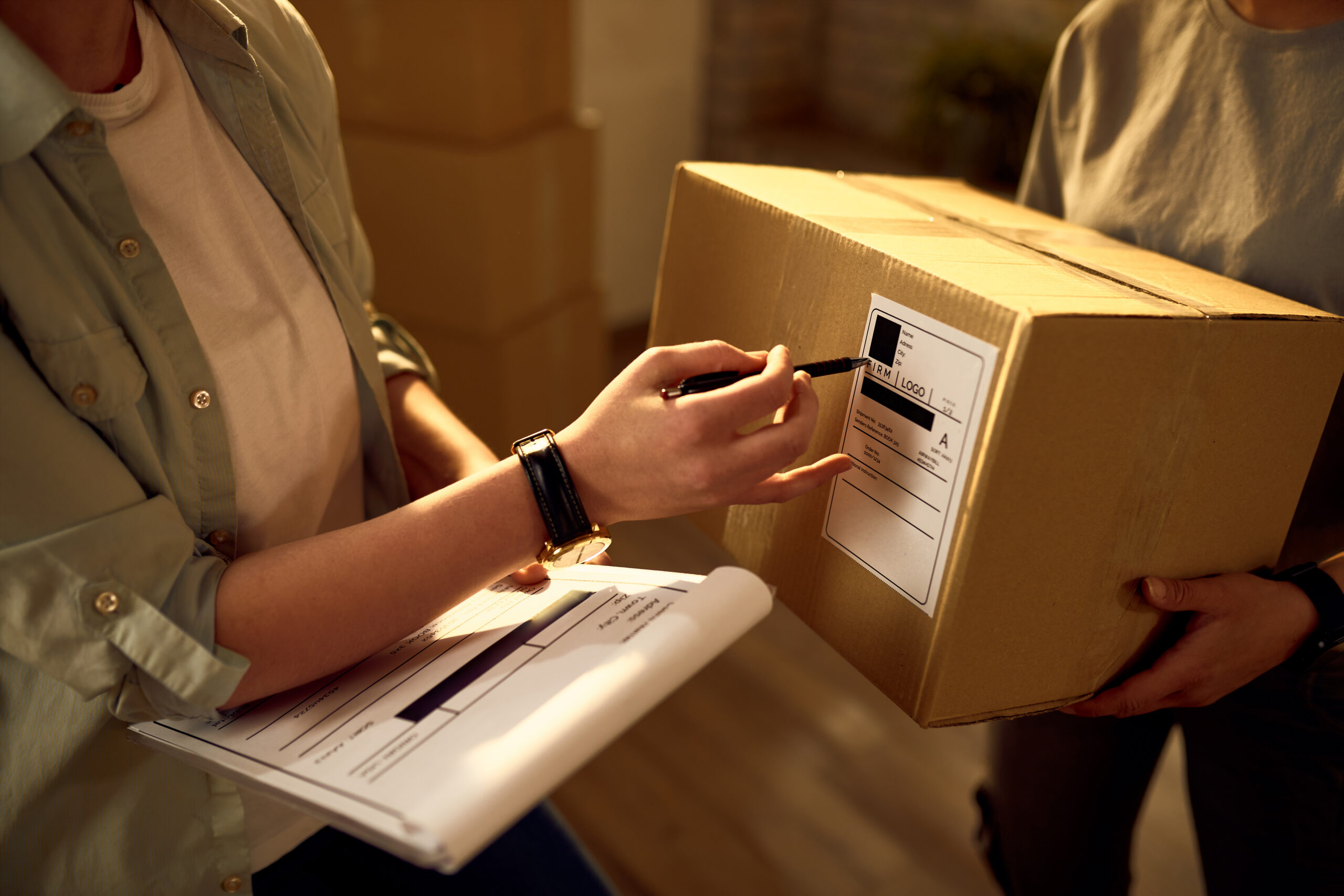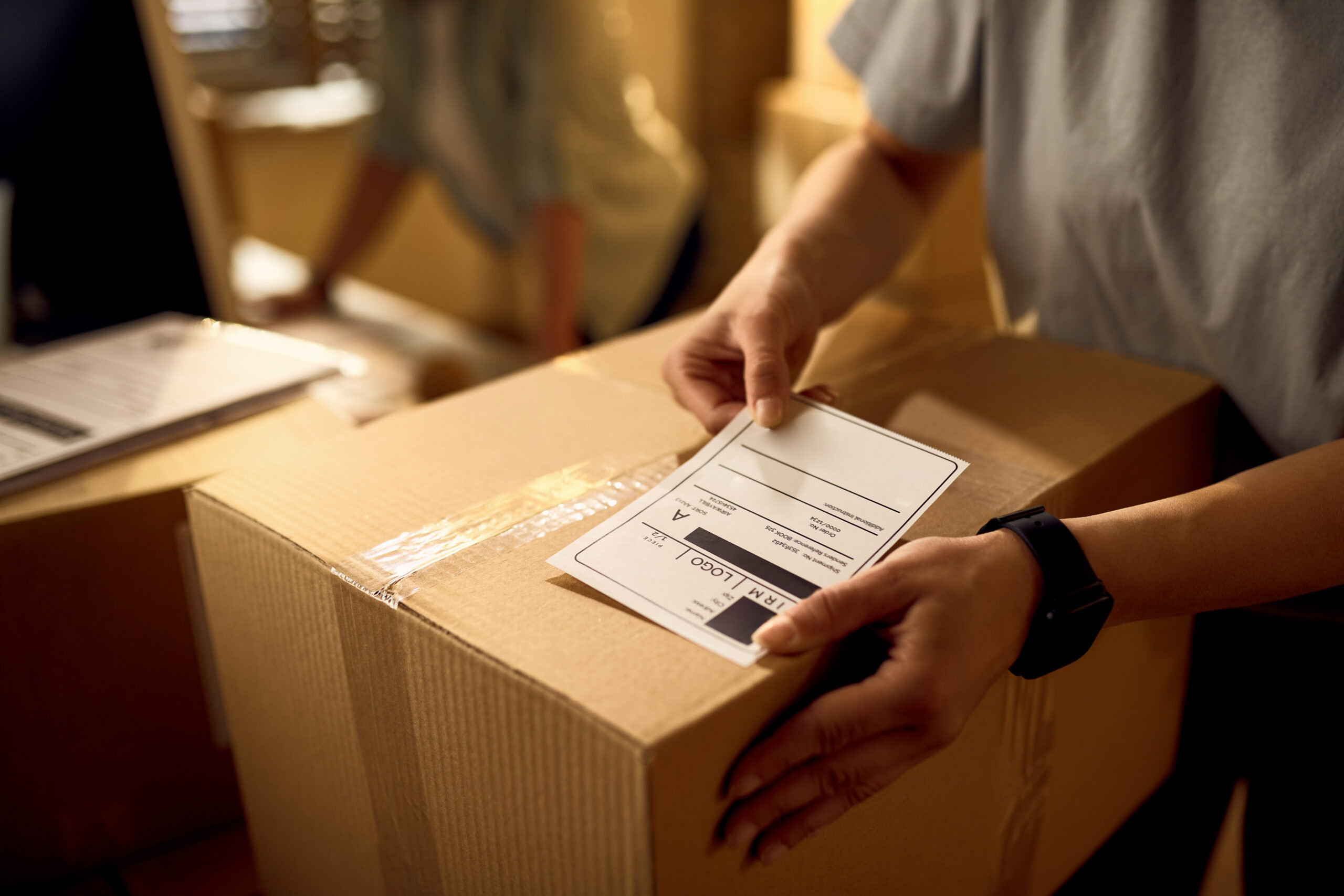Managing customer returns for an e-commerce business can represent a large cost center when mismanaged. When you think about it, it’s no wonder that e-commerce returns are considerably higher than traditional retail store returns. When shoppers can’t touch or feel a product, especially clothing, they have no idea how the item will fit, if it will look the same as it did online, and so on. According to Retail Dive, “Online retailers face a return rate over 20%, compared to their ‘brick and mortar’ counterparts who have a 9% return rate.” So, it should come as no surprise, “that reducing returns in the e-commerce world is such a hot topic.”
Consider the five tips below regarding ways e-commerce businesses can improve the e-commerce return management process, increase customer satisfaction while reducing costs, and optimize their inventory management through the help of a fulfillment service like Phase V 3PL Fulfillment Company.
- Wrap Your Logistics Around a Robust Returns Policy
Just as a good percentage of online shoppers steer clear of shipping costs and longer than 2- day delivery windows, when it comes to return policies, Business2community.com, says:- Only 58% of shoppers are satisfied with the ease of making online returns.
- 63% of U.S. consumers check the returns policy before making a purchase.
- 48% of consumers would shop more with online retailers if they offer hassle-free returns.
Making your return policy as simple as possible for customers will help with your customer experience rating. If shoppers know they can easily return or exchange products, they’re more likely to do business with you. Reducing the perceived fear of buying something they may not like gives shoppers the confidence to purchase items from your e-commerce store. Once customers receive products, a sense of endowment takes over and few shoppers want to deal with returning products, which lowers your returns rate.
- Prioritize Your Return Process
With an average of 20% of your orders returning to you, you need to have an optimized system in place for managing the return process. Estimated to cost U.S. retailers over $500 billion in 2020, return costs are often overlooked, including:- Shipping costs involved in returning items.
- Labor costs involved in inspecting and storing returned products.
These costs affect your bottom line so it’s essential to automate some of your returns processes to save time in getting your products back on shelves to sell and keeping your inventory in shape.
- Make Your Returns Process More Sustainable
Data from an IMRG.org report shows that three-quarters of consumers want to do business with retailers that are making their returns process more sustainable. Another 71% would be willing to pay more to return with a sustainable option. With that in mind, currently, the returns process is causing environmental impacts that don’t match up with consumers’ preferences. According to Market Watch, return shipping yields nearly 5 million metric tons of CO2 annually, in the US alone, with around 5 billion pounds of returned goods winding up in landfills every year, in addition to packaging waste creating one of the most harmful by-products of e-commerce.
Some e-commerce businesses are reducing their carbon footprints by using returns management software to determine in real-time if returned items can be sold before the customer sends the item back to them. If it’s determined that it will cost more to have the customer ship the item back, many businesses are asking customers to donate the item to a local charity. Other businesses are opting to save energy and resources by asking the customer to print out return labels rather than automatically printing and sending return labels. Other ways to cut down on emissions and e-commerce waste include:- Using envelopes and bags instead of boxes to ship apparel and other unbreakable items.
- Combining the products ordered into one box or envelope.
- Offering Return to Store options that cut down on carbon emissions and get customers into retail outlets. In fact, Invespcro.com found that 62% of online shoppers prefer to return items to stores.
- Offering other drop off locations.
- Optimizing product pages with accurate information and quality images.
- Reducing Returns by Preventing Them
A report by Nosto.com found that 64.2% of customers returned items because the product they received didn’t match the product’s description online. E-commerce businesses can reduce the number of returns by optimizing their stores and sites with product pages that provide customers with clear informational content and multiple quality images of products showing all angles with the option to zoom in on products, along with:- Analyzing data that shows patterns in return of certain products and fixing the issue that may be causing confusion that results in returns.
- Using Augmented Reality (AR) technology to give shoppers a better sense of your products, with virtual try-on options, comparing items in your home with the product for size comparisons, and other methods that can reduce returns caused by the 22% of returns that occur because the product looked different online than it did in person. Using AR has been shown to reduce returns by 5%.
- Given the fact that about 80% of returns occur due to products arriving broken or damaged, make sure your products are packed securely, in appropriate containers, with fragile labels, to guard against damaged items being delivered to your customer.
- Keeping your customers informed about the status of their returns.
- Working with a Fulfillment Partner
Many e-commerce retailers opt to work with a trusted and reliable 3PL provider, such as Phase V Fulfillment Company, to leverage the skill and experience of a logistics team to streamline their fulfillment operations, including your returns and exchanges. With our fast, reliable, and hassle-free reverse logistics process in place, our user-friendly, data-powered inventory management software processes exchanges and returns in the same amount of time it takes to process original orders. Integrating with your shopping carts, our reverse logistics system seamlessly processes your exchanges and returns.
Phase V’s account management team processes and ships replacements to your customer as soon as possible, no matter if the return was received from your customer or via a retailer in your supply chain. Phase V’s dedicated logistics team can automate your fulfillment operations to save you money and time in every step of your order processing – including returns. Our multi-channel inventory management system coordinates all of your channels into one convenient location so that you can see all of your sales and returns in real-time.
Returns are inevitable in any retail operation and even more so in the e-commerce industry. Working with you to increase the accuracy of your orders and decrease delivery times, Phase V helps you to grow your business by customizing your fulfillment processes to improve your bottom line and keep your customers happy, with all of the transparency real-time data-backed inventory and warehouse technology you need to succeed, even when it comes to returns.
Contact Phase V to get a discussion started!



